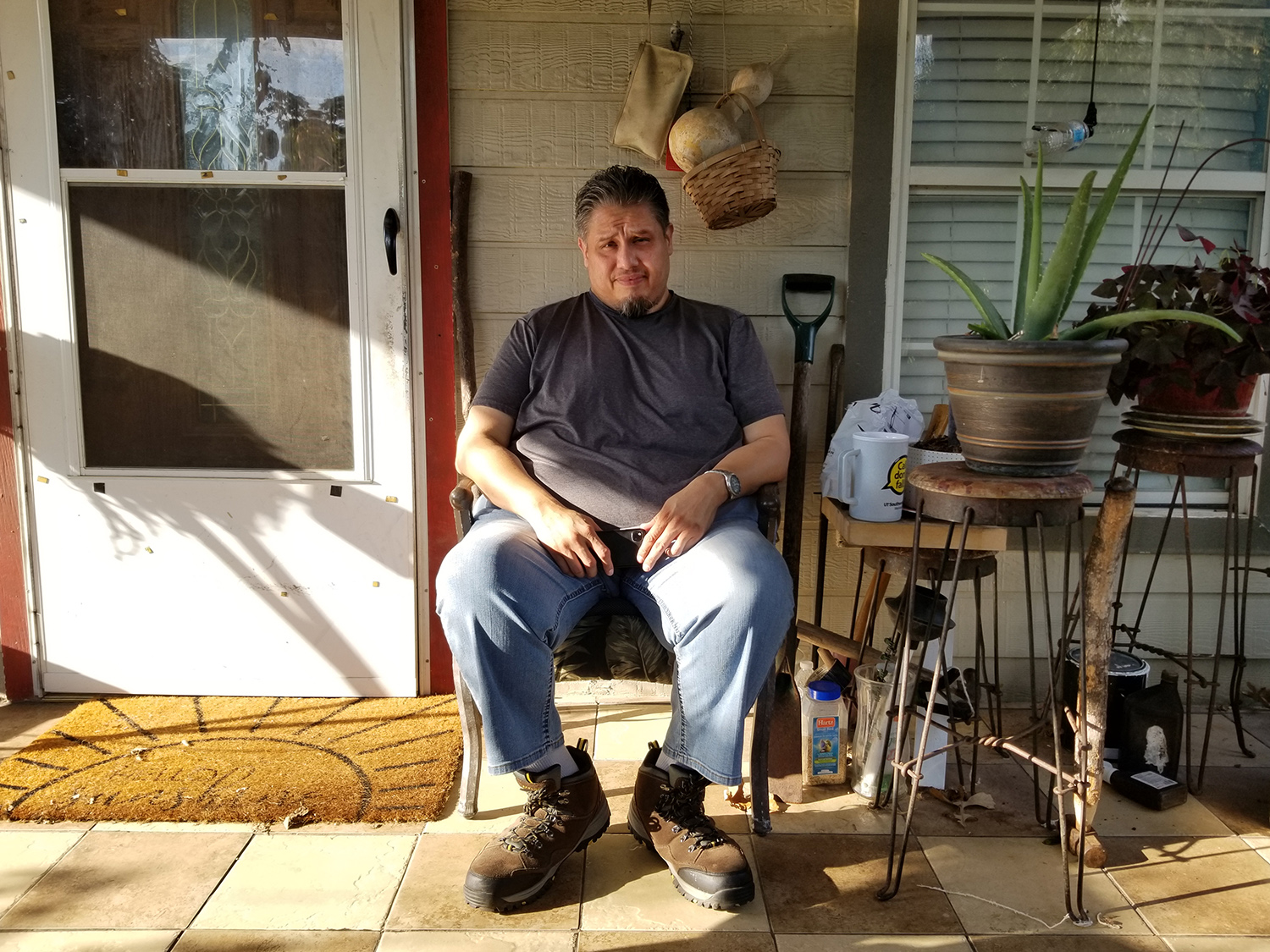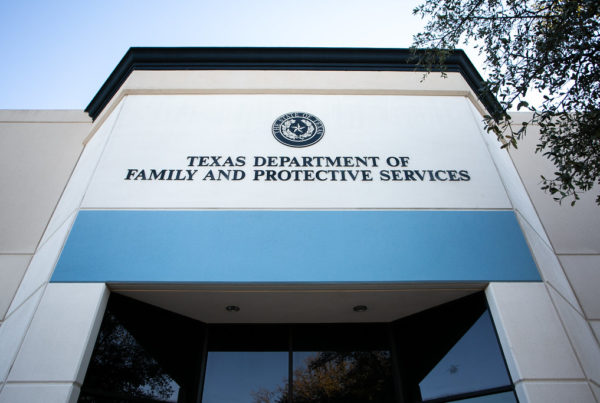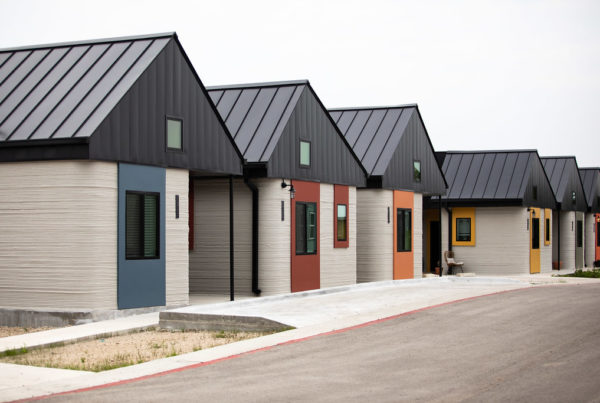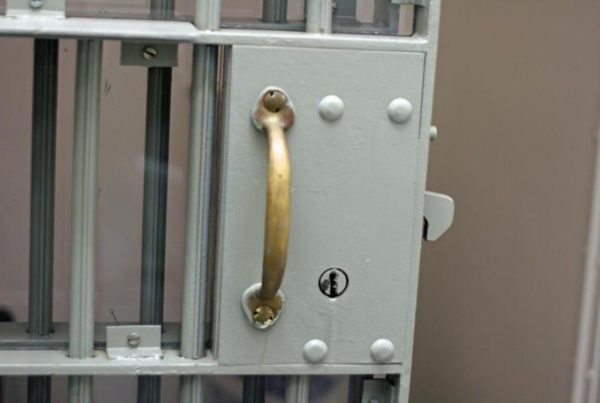This story comes from NPR’s Next Generation Radio project.
Raul Reyes Jr. lives on the other side of the “bridge to nowhere.”
He remembers critics nicknaming the bridge crossing the Trinity River during its planning phase. The idea was to connect downtown with a potential economic epicenter in West Dallas.
Except it isn’t nowhere. For Reyes and about 29,000 other residents, West Dallas is home. Neighborhoods like La Bajada, Los Altos, Ledbetter and Westmoreland Heights raised generations of people long before the Margaret Hunt Hill bridge became a reality.
“Everybody comes to the hood to tell us what to do,” Reyes says. “That’s why there’s so much resentment out here.”
Like many in historically disenfranchised neighborhoods tapped for development, Reyes has seen the area change right before his eyes. In the decade since the bridge went up, investors have poured into West Dallas, seeing the potential to draw a thriving middle class. The development has introduced hip restaurants, nightlife and green spaces, but longtime residents – most of whom are Black and brown – feel they have been overlooked in the plan for growth.
Reyes lives in the same wood-framed house he grew up in in Los Altos. There he played football and dodged cars as a kid. Today, he waves to the paletero as he passes by.
“I got a tab with him,” Reyes jokes, gesturing to a paleta or popsicle stick he cleaned only moments before.
The 47-year-old father of three is chair of the Los Altos Neighborhood Association. He also advocates for his community as president of West Dallas 1.














